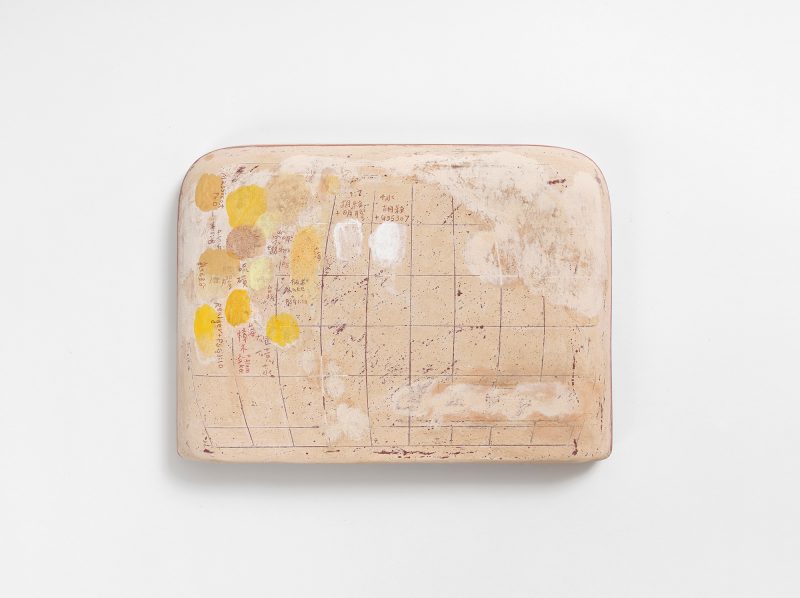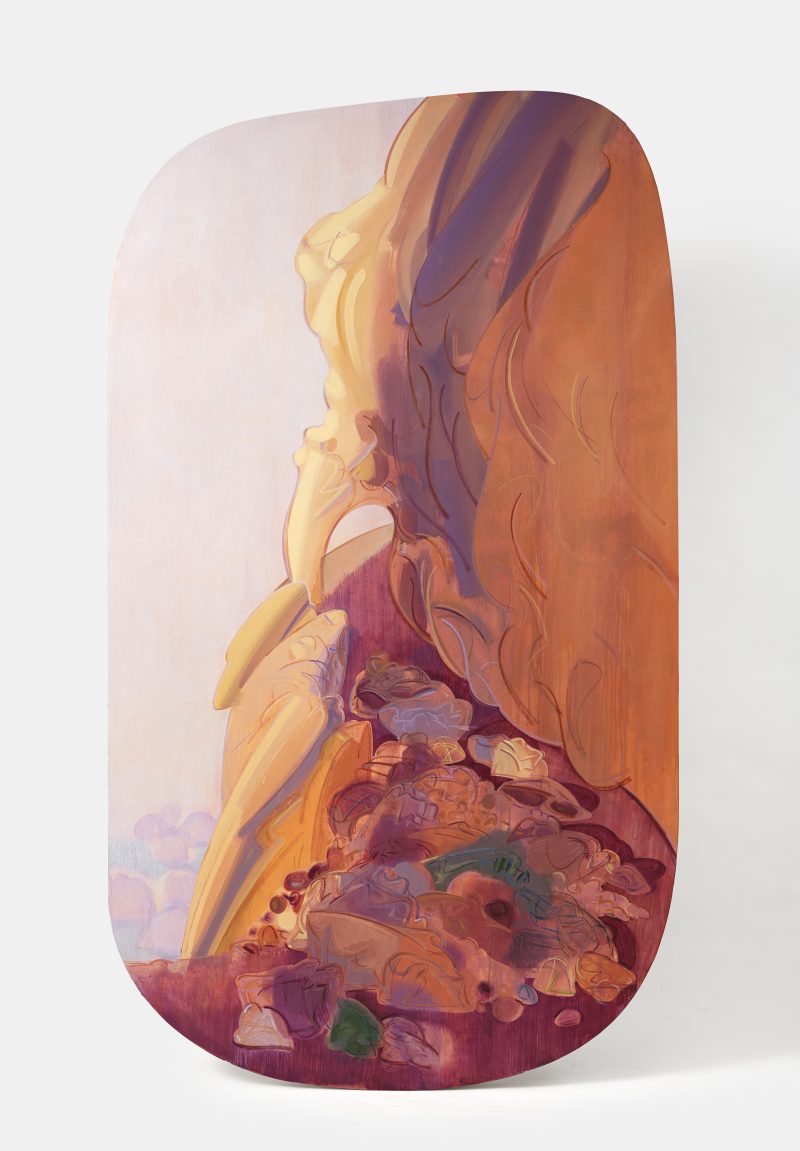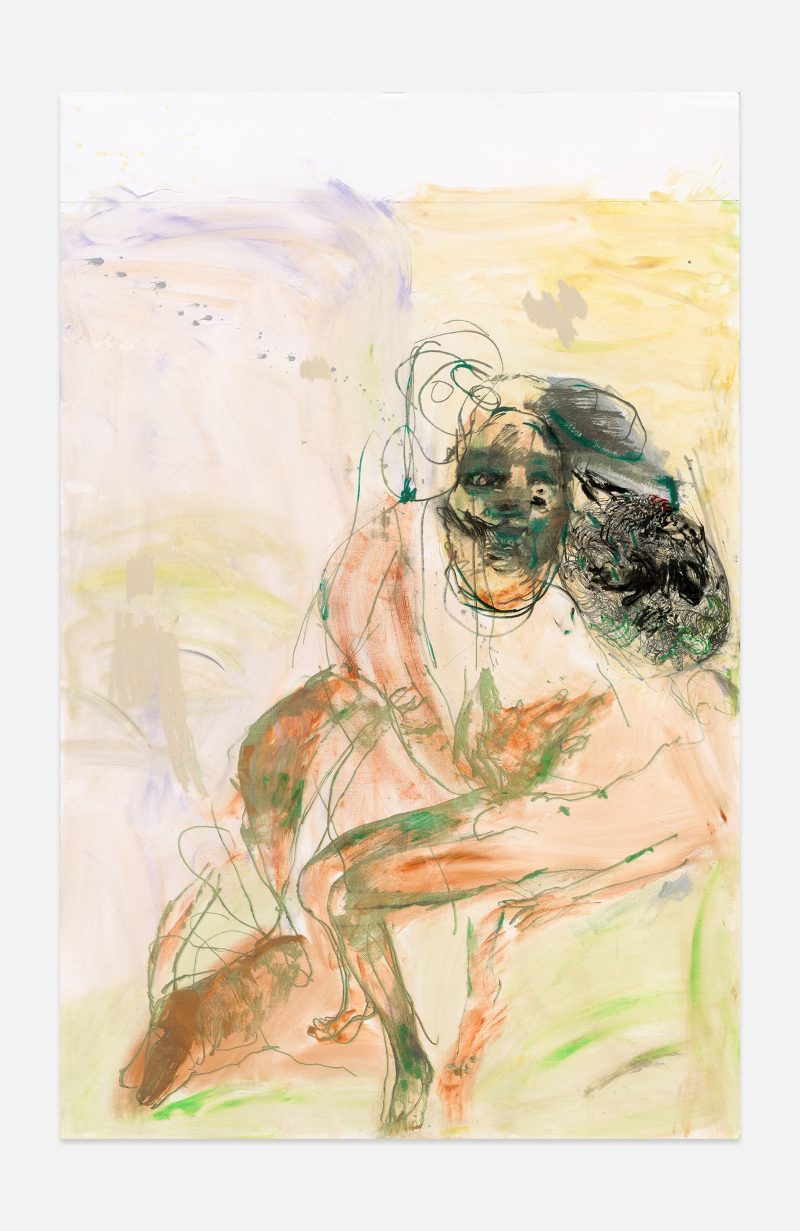The Rearview Landscape, or a Trip of Ownership
2021.12.04-2022.08.14
- Location:UCCA Center for Contemporary Art, Dune
- Artist:
Considering landscape as a medium, context-specific works by nine artists open up new perspectives and re-examine from various angles the relationships between human and nature, and between self and world.
From December 4, 2021 to August 14, 2022, UCCA Dune presents the group show “The Rearview Landscape, or a Trip of Ownership,” assembling context-specific artworks by nine artists arising from their own personal research and practice, based on the representation of landscapes. The works channel the sceneries observed both on journeys and in daily life into a larger-scale investigation of the global order of manufactured landscapes as shaped by nature, economics, culture, and politics. Through the overlapping of these landscapes and the dialogue between them, the artists attempt to reveal hidden inner connections and power games beneath the surface of our world. Participating artists include Vajiko Chachkhiani, Liu Yujia, Aslı Çavuşoğlu, Xiaoshi Vivian Vivian Qin, Shen Xin, Su Yu Hsin, Su Yu-Xin, Wang Wei, and Tant Zhong. This exhibition is curated by UCCA Curator Yan Fang.
Does landscape have an owner? Is it the person who owns the land itself, or the traveler who takes in the sight? As a medium, landscape is colored by mental images both immediate and remote, called up as one comprehends the world. Is the true order of the world hidden within these representations? If we understand a journey as a process of transformation in thought, then is it possible, on a trip in which one’s experience is predetermined, to move forward gradually, poetically and furtively? From the perspective of the nine participating artists in this exhibition, landscape is no longer the environment or scene that carries certain images, behavior, or narrative in the normative sense, but rather, a particular medium that has been programmed and implicated with cultural expression and meaning. In their respective practices, the artists leave behind existing conceptual understanding of landscape and instead, draws attention to the role of “viewing” in image production through the landscape itself or images generated from landscapes. Discussing issues surrounding nature, the economy, history, society, culture, and aesthetics, the artworks interrogate from various angles the question of ownership hidden behind the construction of landscapes.
Examining landscape as a medium, the artists also open up new possibilities in our perception of the relationships between human and nature, and between self and world. How may we observe landscape from a global perspective? How do we think about this world we live in, and we ourselves, who live in it? Peter Sloterdijk’s discourse on globalization may provide us with a macro perspective. As he points out in his In the World Interior of Capital, the earth is a natural, spherical, celestial body, which has been discovered, and then constantly rediscovered, by the human imagination. After the development of modern colonialism and the expansion of European states, the evolution of electronic information technology and the advent of orbital satellites in the postwar era ushered in a new age of globalization, one encircled by media (or even digitized). Today’s tendency towards an integrated world of capital resembles a greenhouse—just like Dostoyevsky’s metaphor of the Crystal Palace—gradually absorbing everything that originally was external into its internal space. It relies on the “stage” and the pleasant illusion of its backdrop. Against this landscape, those within society undergo an integrationist program of discipline, of economization and the standardization of commodity markets, that maintains the strict and efficient operation of capitalist industry. Ultra-high speed globalization has caused people to lose the perception they had in modern times of the vastness of the world, and to despatialize the real earth little by little. In this era of acceleration, the intensified interactions of people driven by desire, wrapped up in ecstasy and excitement, share something in common with the contemporary collective claustrophobia described by Paul Virilio. In fact, Virilio believes, since we have lost the “life-size” space that is a basic necessity for survival, we have become “desolation tourists,” wandering aimlessly for an escape from the overcrowded anxieties of globalization. “Migrants of happiness” flock to tourist sites with beautiful scenery to get away from the interactivity of electronic screens, while “migrants of sadness” flee from these tourist destinations, where they cannot survive.
The disconnection between the different regions of the world, caused by the pandemic, does not mean that the internal connections of this system have disappeared. Bound up in the multiple layers of complex reality in today’s society, can we pass through landscapes—which in our own travels may be easily reduced to mere objects of aesthetic appreciation—and, according them the full vigilance required to all historical, political, and aesthetic levels, move through the “real” to remove the emptiness of consumption brought about by the commodification of memory, arriving at the true possession of subject consciousness? In this exhibition, the nine artists move into the landscape from different perspectives, examining various issues behind natural scenery and images, including labor, migration, habitation, travel, territory, race, and ecology. Shen Xin (b. 1990, Chengdu) uses the backdrop of the environmental changes caused by global warming to discuss the challenges faced by an island transitioning from an agricultural way of life to a tourism-based model, as well as the inequality experienced by individuals in a post-colonial context. Su Yu-Xin (b. 1991, Taiwan) continues her observations on landscape painting technique and geological- archaeological research into color mediums, narrating individual memories in tandem with the course of ethnic integration throughout changing times. By appropriating abandoned buildings, Vajiko Chachkhiani (b. 1985, Tbilisi, Georgia, lives and works in Tbilisi) explores the lives of individuals cast aside by urban society and the psychological mechanisms within the space of their private spheres.Aslı Çavuşoğlu (b. 1982, Istanbul) utilizes natural materials and their physical metaphors to search for a certain “boundary” between land and maritime territory, in addition to drawing comparisons between biotic invasions and reproduction, human population booms, and urban gentrification. Through traditional rituals and folklore, Su Yu Hsin (b. 1989, Taichung, lives and works in Berlin) questions the narrative logic of anthropocentric understandings of nature, going on to ask how landscapes have been historically constructed. Liu Yujia (b. 1981, Sichuan province, lives and works in Beijing) unfolds a narrative about expeditions, travel, and excavation that revolves around historical treasures buried deep underground and jade as a symbol of Eastern culture. Within, she seeks out the enormous changes undergone by both natural landforms and cityscapes, along with slowly vanishing cultural traditions.
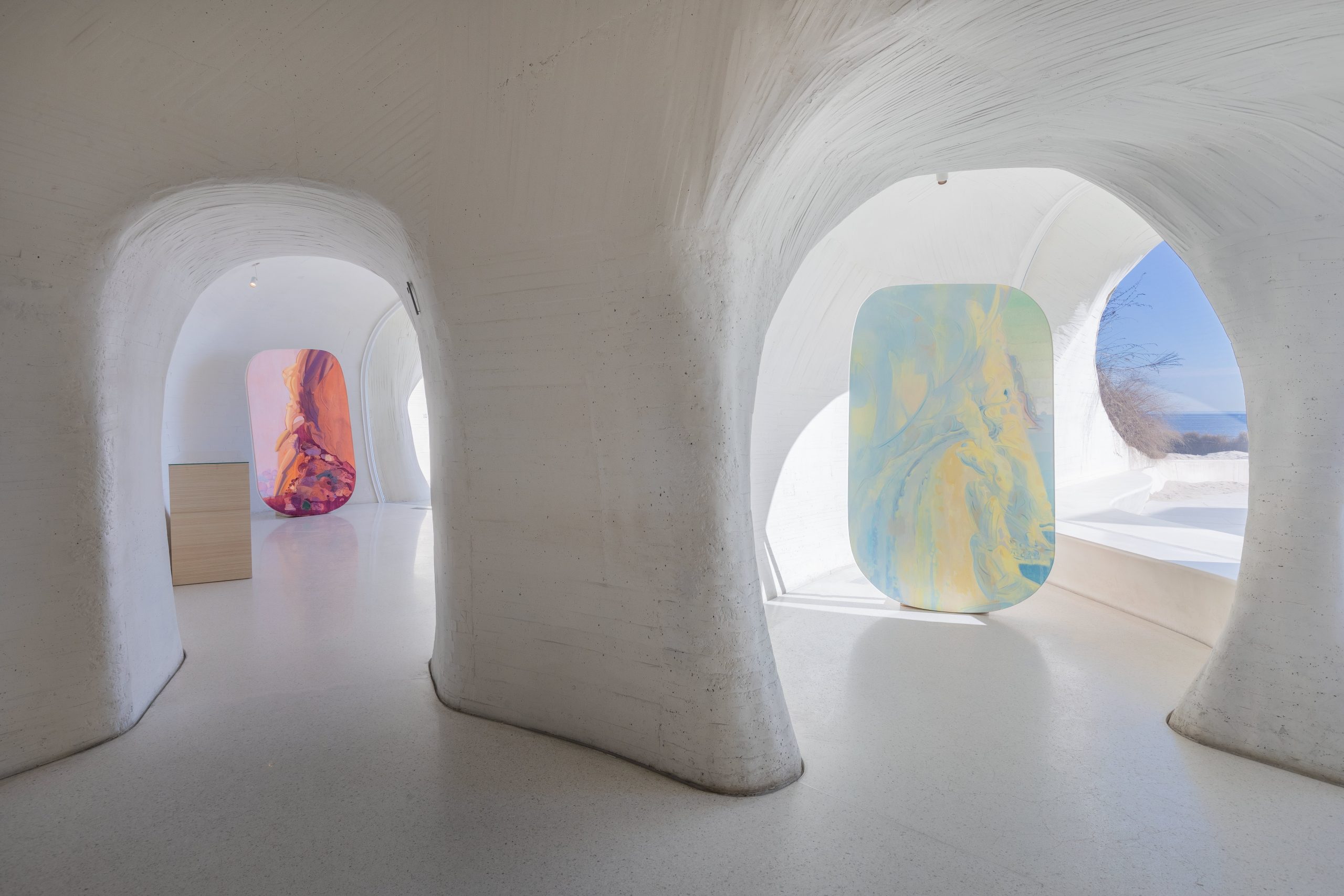
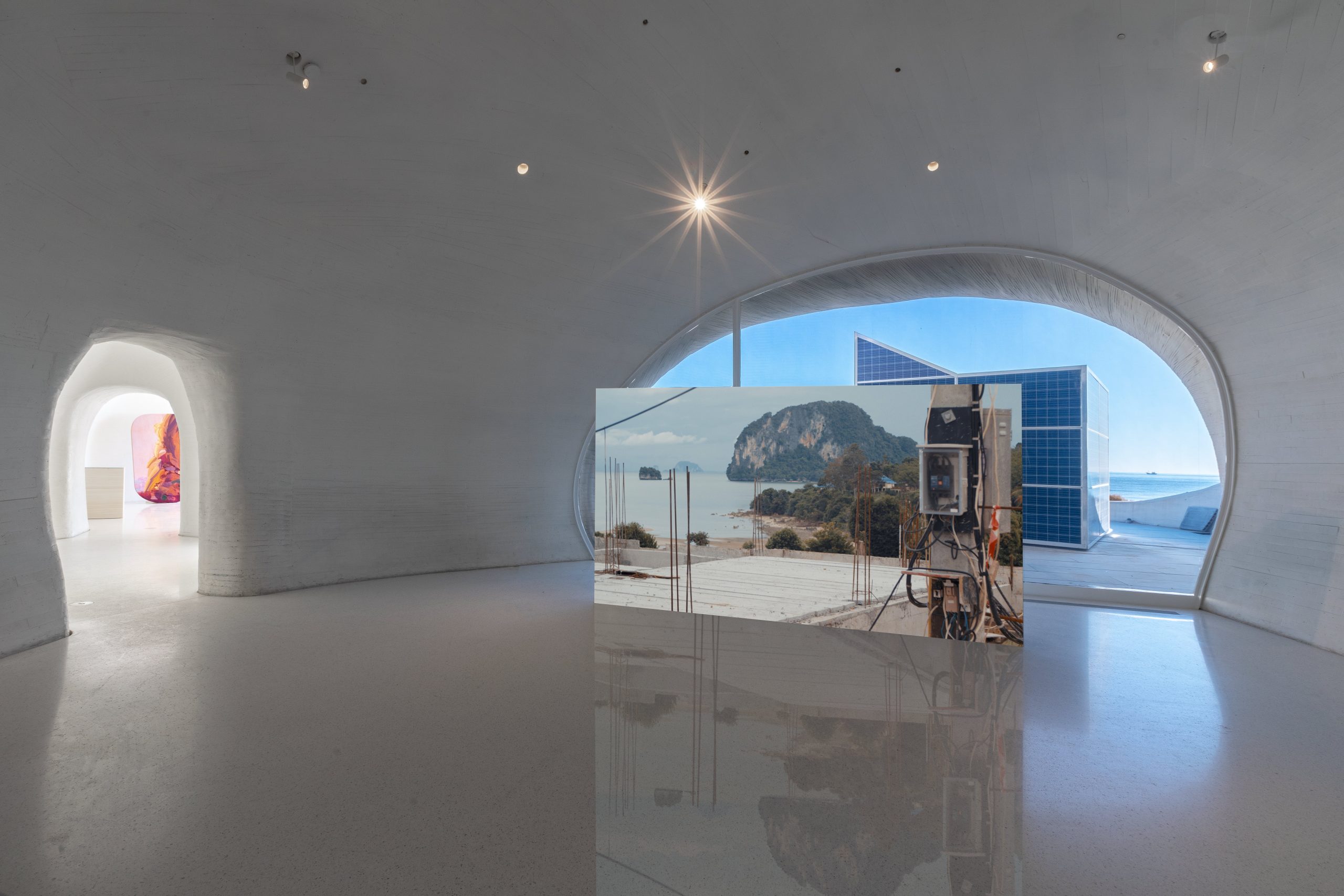
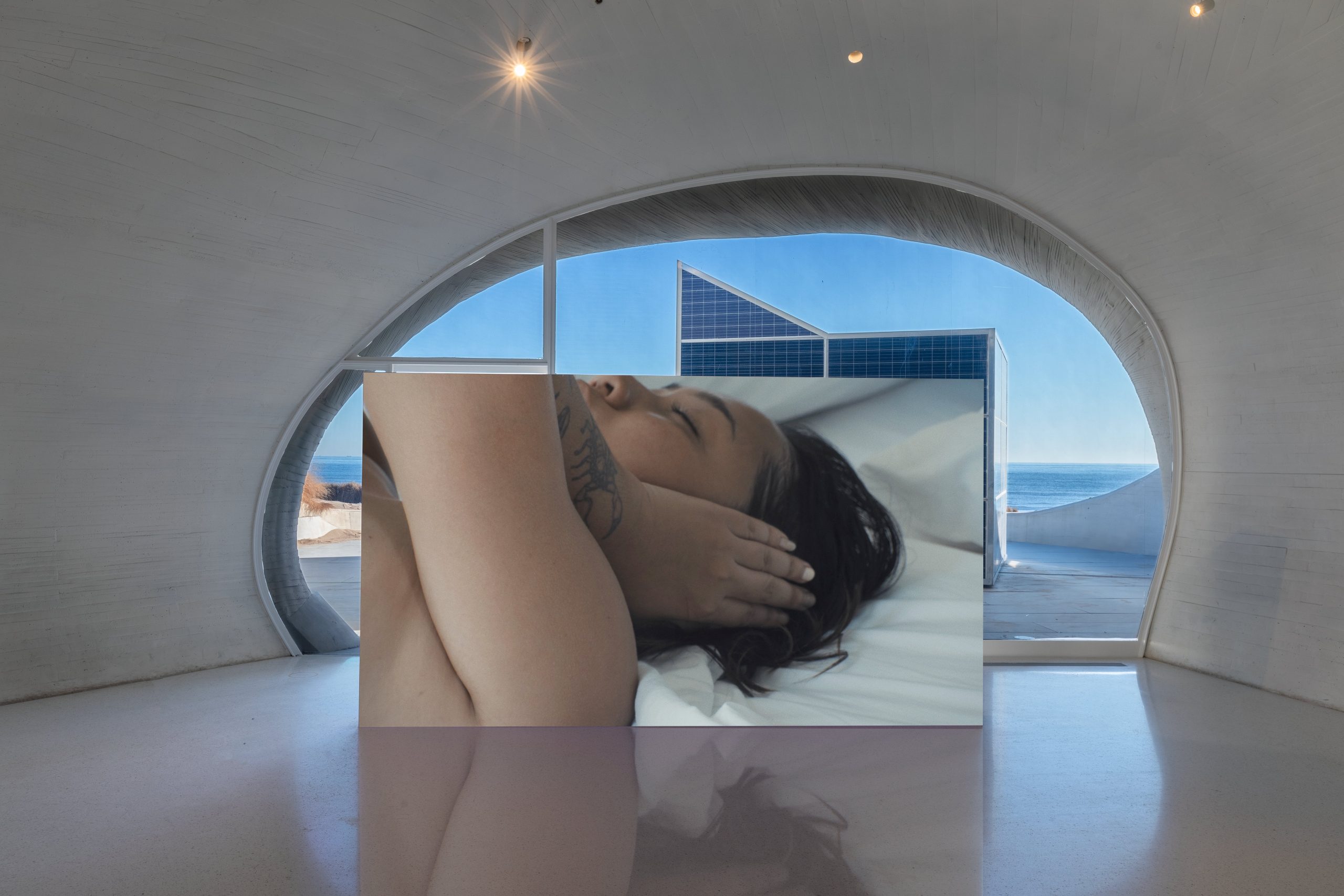
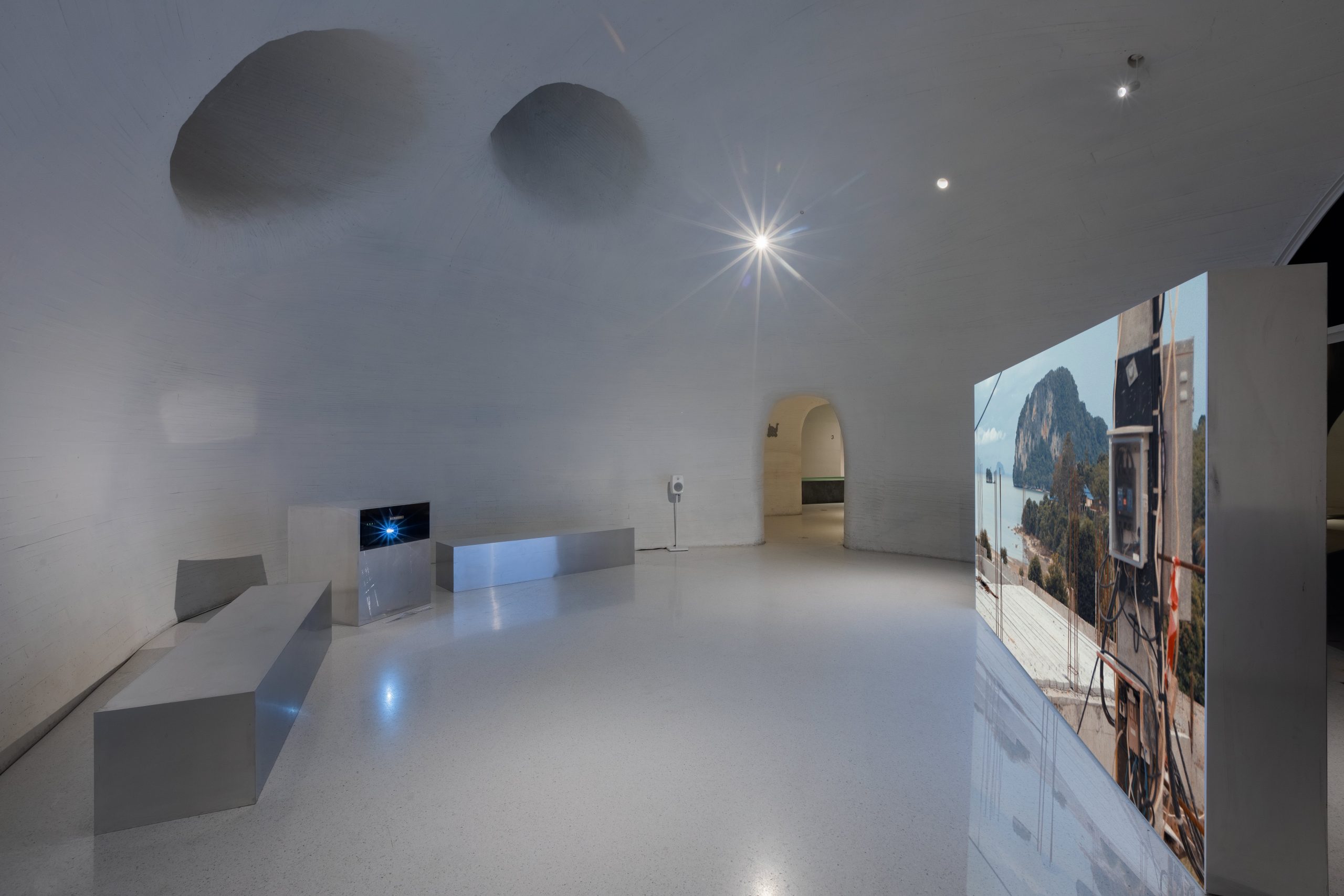
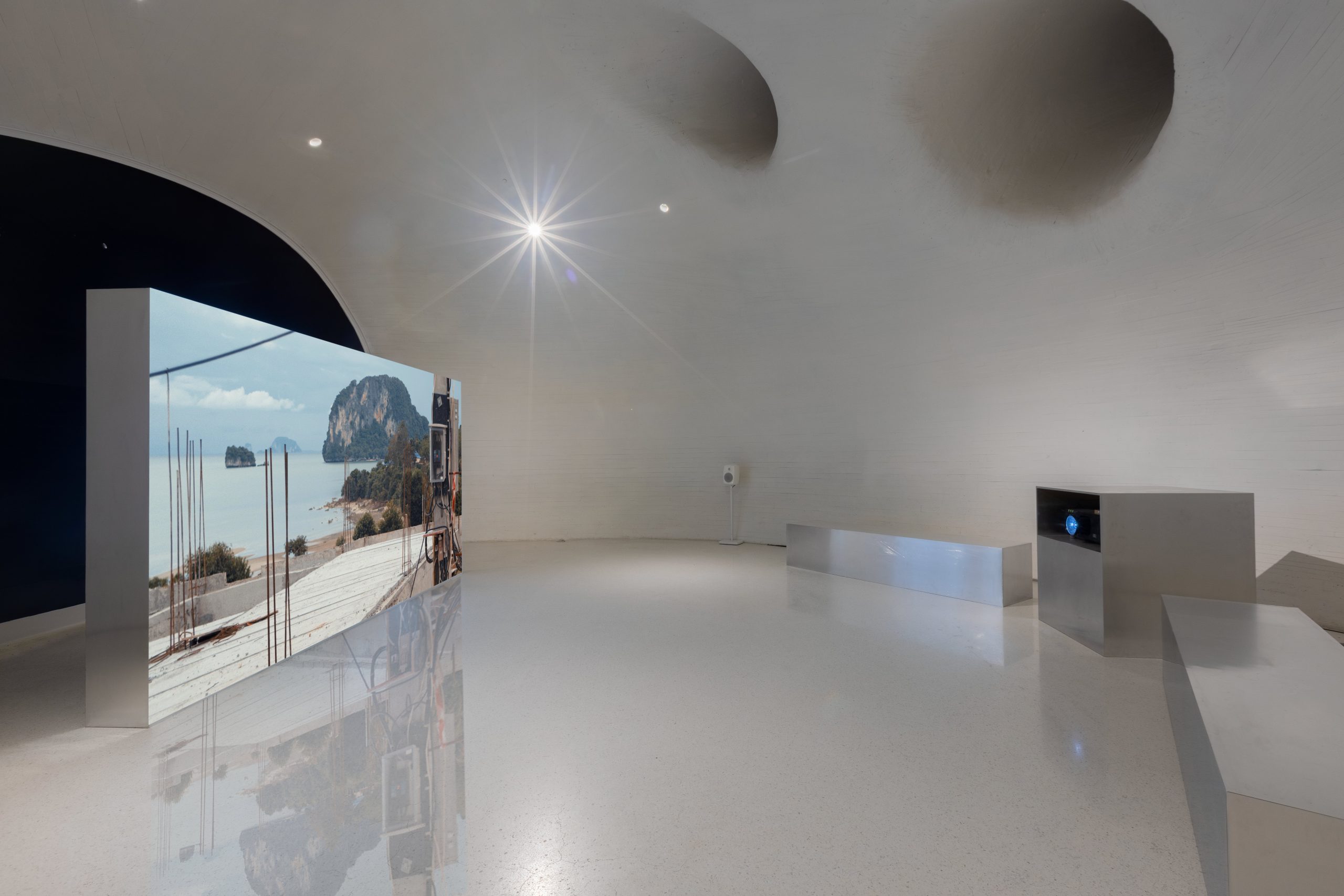
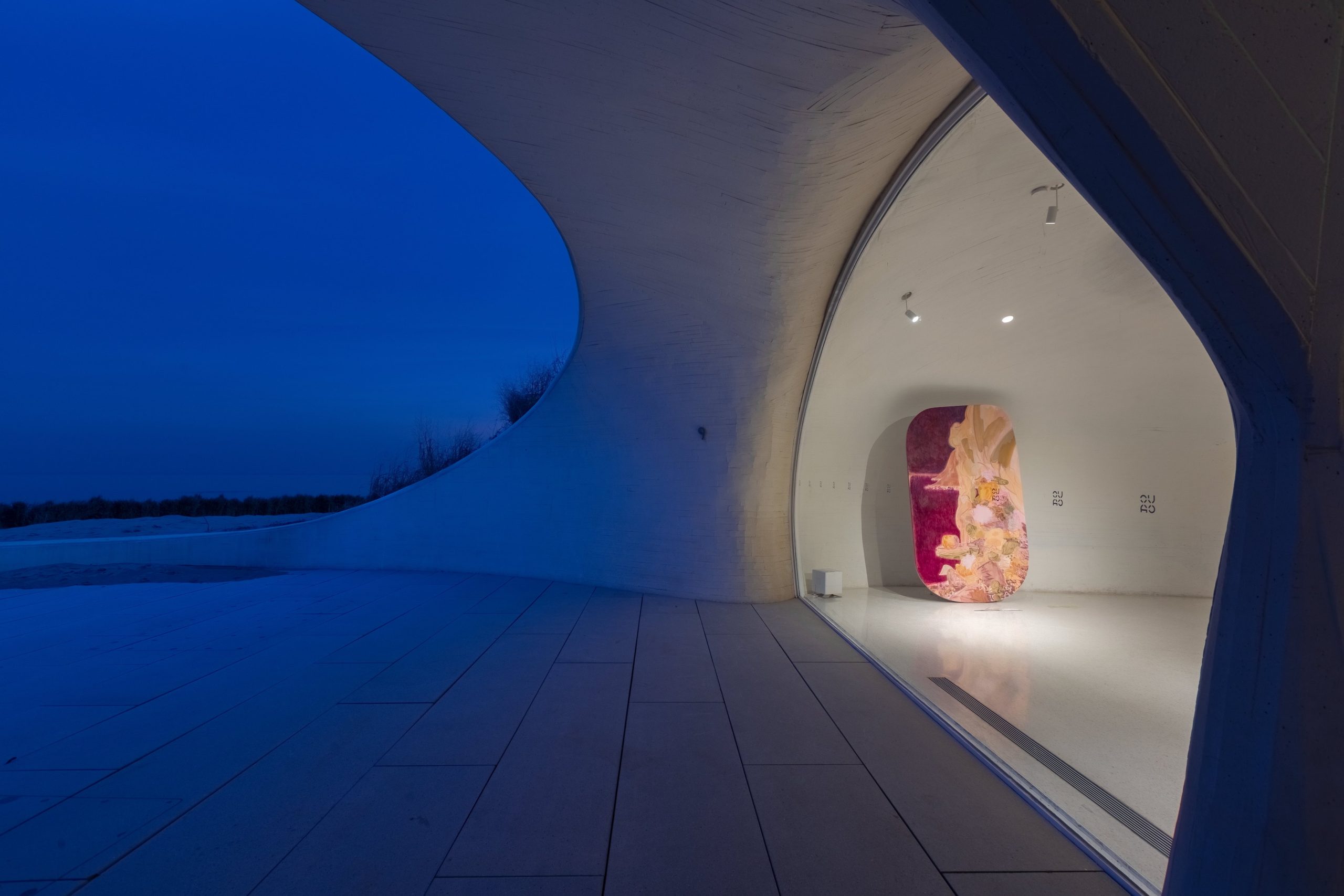
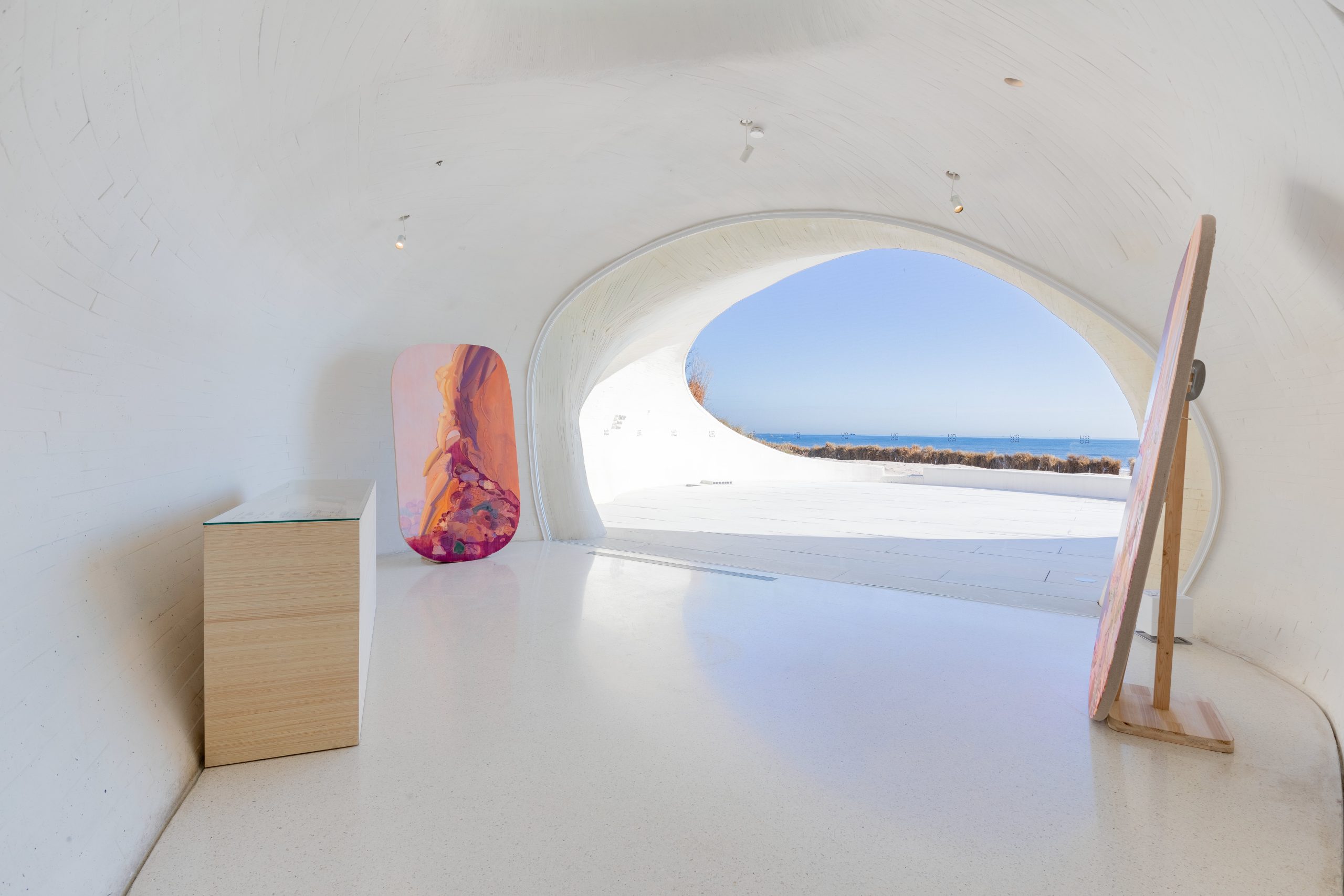
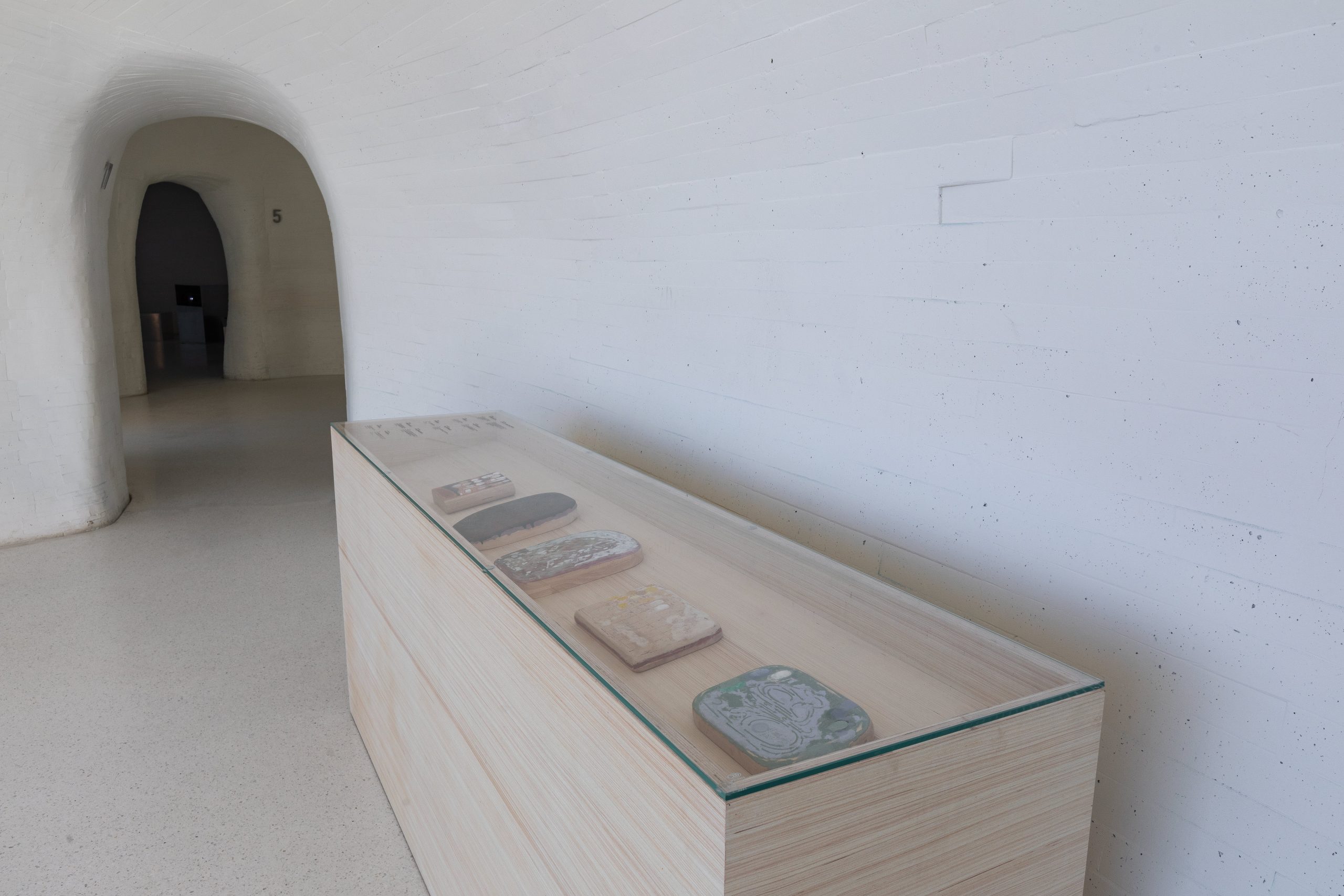
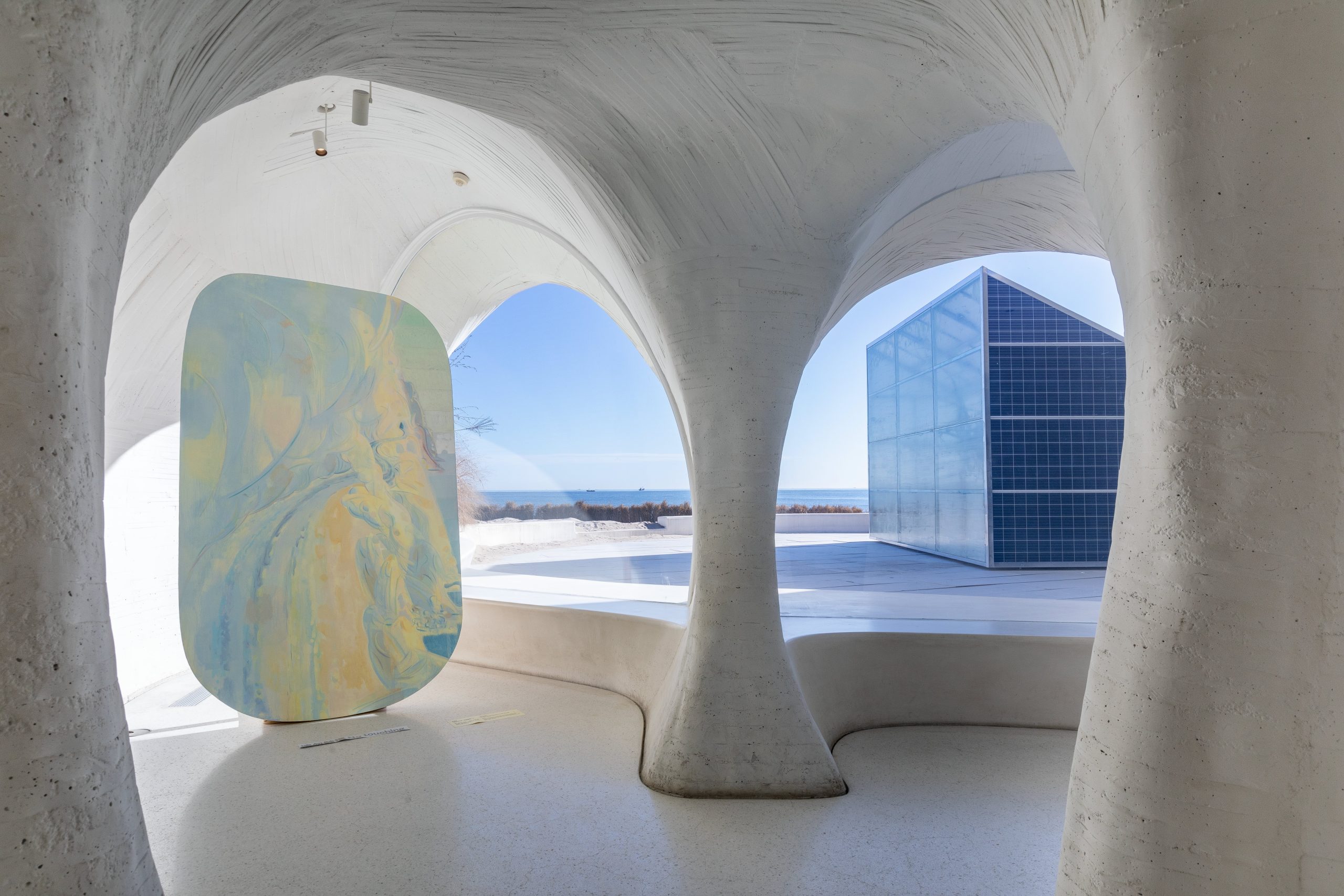
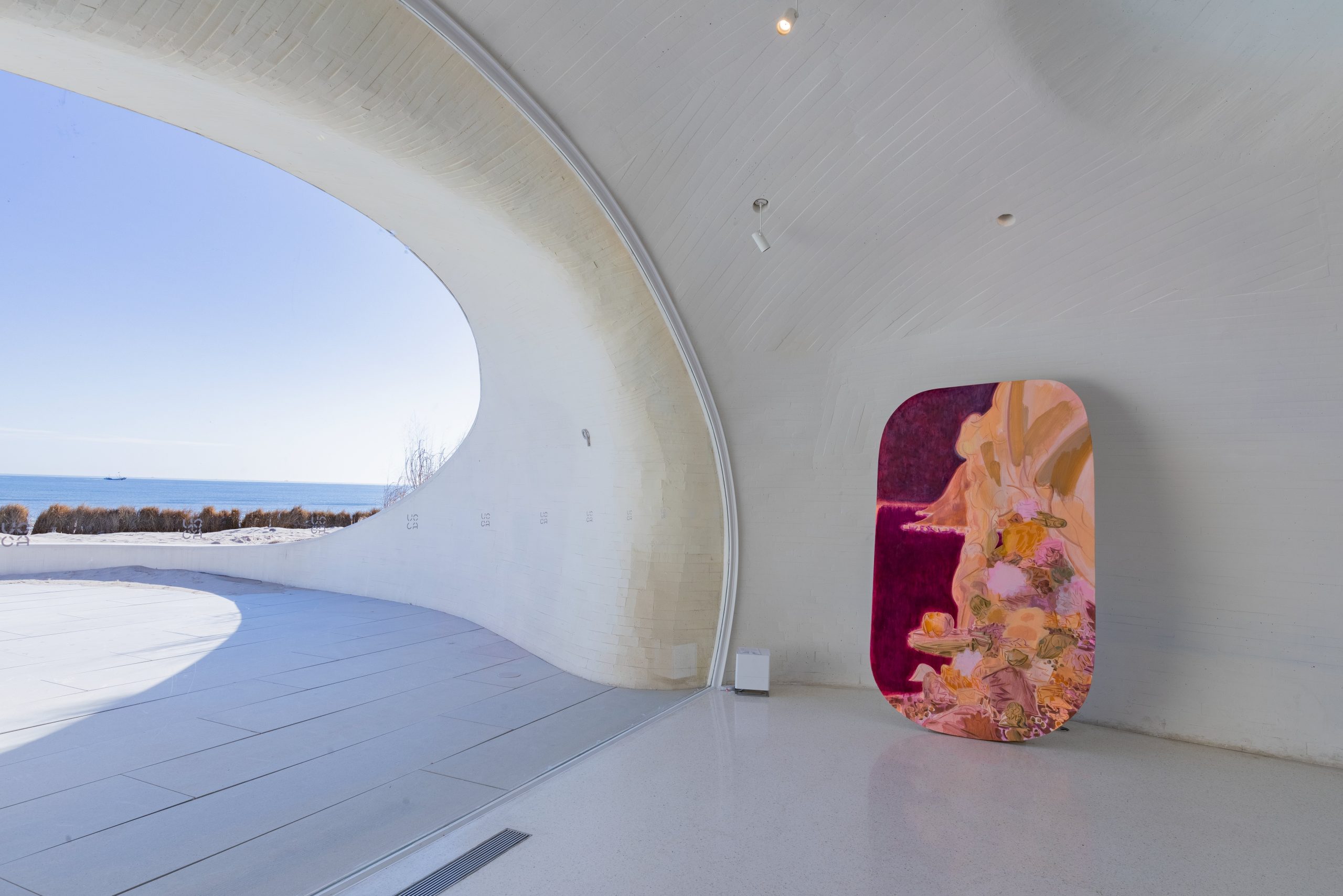
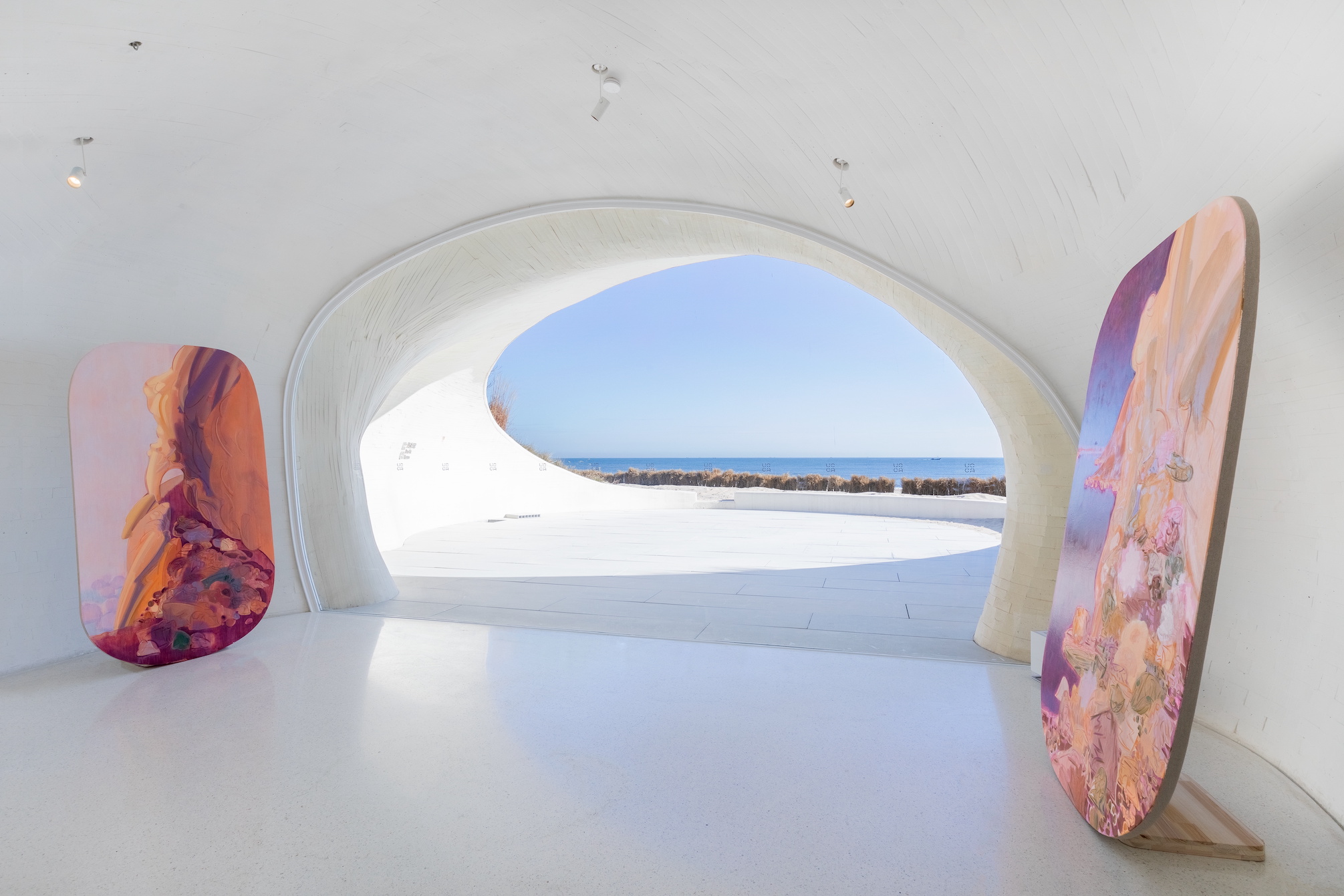
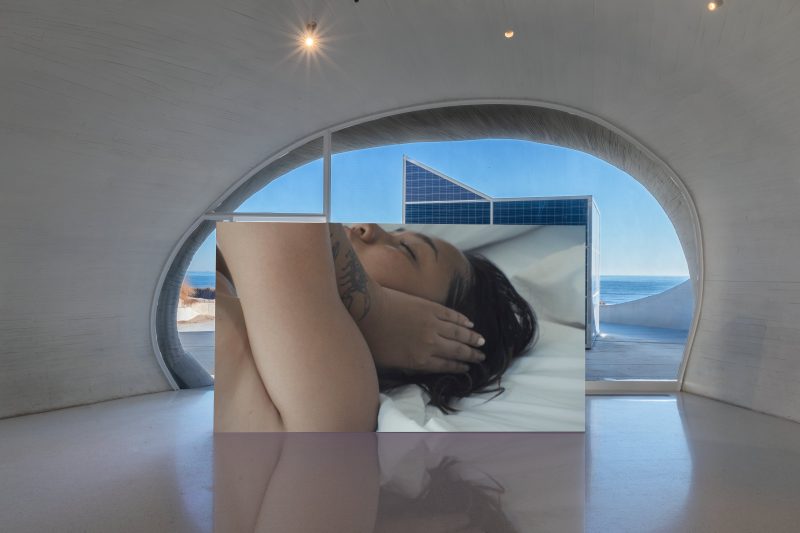
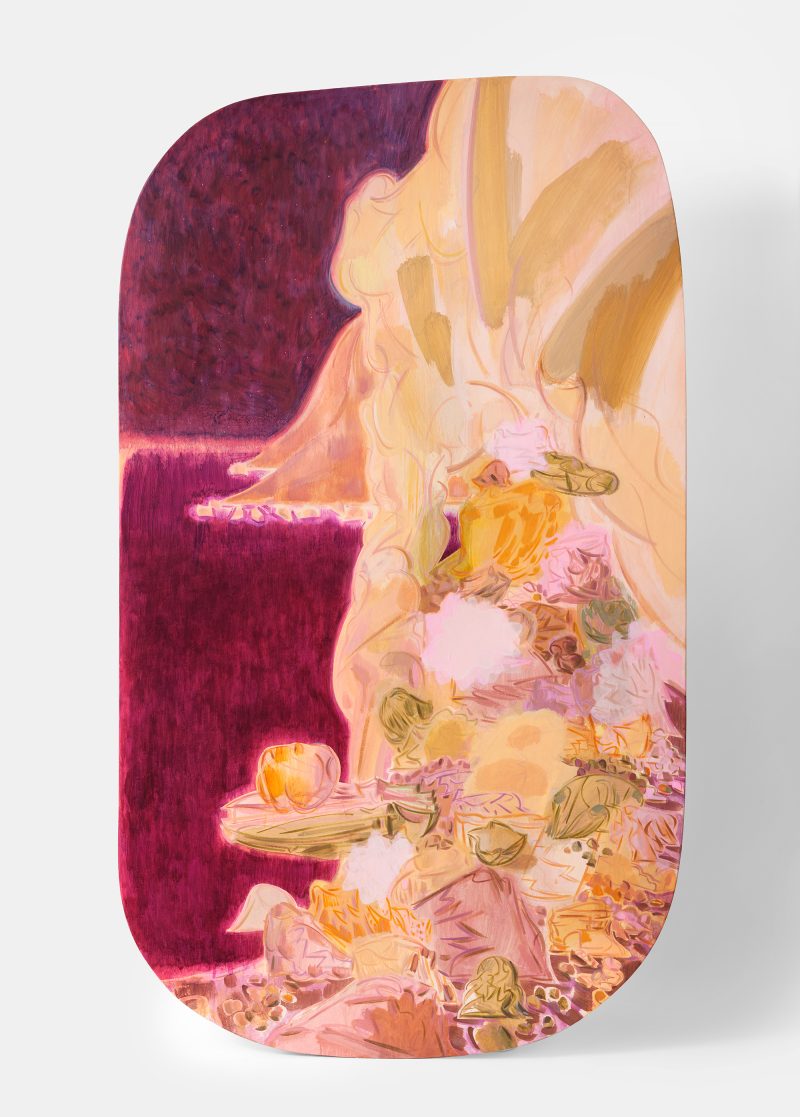
Walking-an-open-spine-Elephant-Trunk-Tunnel--800x1067.jpg)
